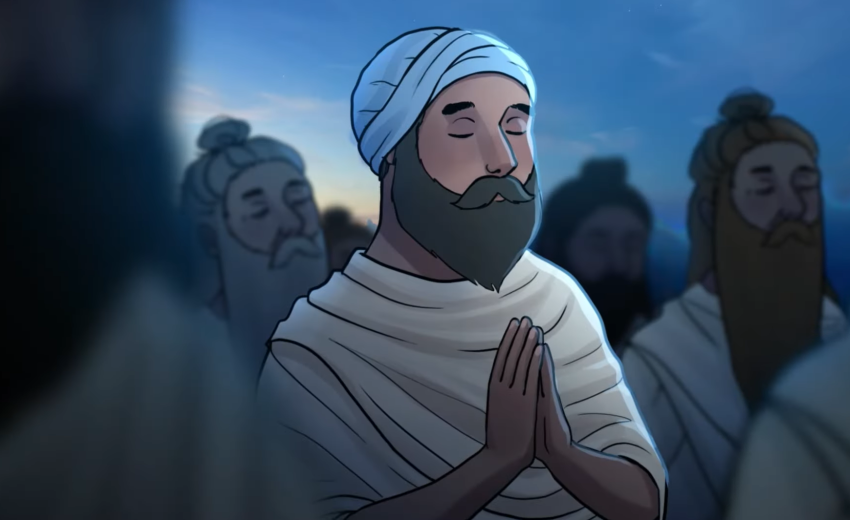BHAGVANA. BHAI, along with Bhai Latkan Ghura, Bhai Gurditta and Bhai Katara, the jeweller, once came to see Guru Arjan and asked for a mantra, or sacred formula. The Guru, as says Bhai Mani Singh, Sikhan di Bhagat Mala, told them that any name for God would save, but they might repeat and meditate upon the word Vahiguru revealed by Guru Nanak as a means of liberation. Bhai Bhagvana and his companions were pleased to be so instructed.
Explore Hardwar, the sacred gateway where the Ganges meets the plains. Dive into Kabir's yearning at this holy site. A spiritual journey awaits!
Discover the inspiring story of Mathra Das Bhai, a humble Sikh of Agra known for his hospitality and readiness to serve despite his humble means.
Explore Nam Japana, Kirat Karni, Vand Chhakana—foundations of Sikh ethics. Learn how spiritual practice and community service lead to holistic well-being.
Explore Rudra, a form of Shiva known for his destructive nature and divine service, transcending the grasp of maya in spiritual realms.
Discover the legacy of Sadda Singh, a revered Nirmala scholar & master translator of Sanskrit classics. Explore his work on Advaita Siddhi & its impact.
Unveil the essence of Shabad in Sikh tradition—its role as divine revelation and spiritual enlightenment in the Guru Granth Sahib.
Discover Shabad Hajare, seven sacred hymns from Guru Granth Sahib for daily recitation, reflecting divine 'presence' or 'separation' from the Lord.
Discover the enigmatic qualities of Surapati, also known as Indra, the king of gods. Dive into mythical insights from Dhanasari Kabir, p. 691.
- 1
- 2




